With the orientation of sustainable development, the general goal of implementing environmental targets by 2030 according to the Provincial Planning (in Decision No. 1729/QD-TTg dated December 29, 2023 of the Prime Minister) of Nam Dinh province is: Adverse impacts causing pollution, environmental degradation, and environmental incidents are proactively prevented and controlled. Urgent environmental issues are basically resolved, environmental quality is gradually improved and restored. Strengthening the protection of natural heritages, restoring ecosystems; preventing the trend of biodiversity decline. Strengthening the ability to proactively respond to climate change, mitigating the increase in greenhouse gas emissions. Maintaining a stable forest cover rate of 2%; the rate of domestic solid waste collected and treated according to standards and regulations is 100%; the rate of hazardous waste collected and treated according to regulations is 98%; The rate of domestic wastewater collected and treated in urban areas is 55-60%; 100% of newly established industrial parks (IPs) and industrial clusters (ICs) have wastewater treatment plants. This is a strategic step to control pollution, prevent environmental incidents, preserve ecosystems and improve people's quality of life.
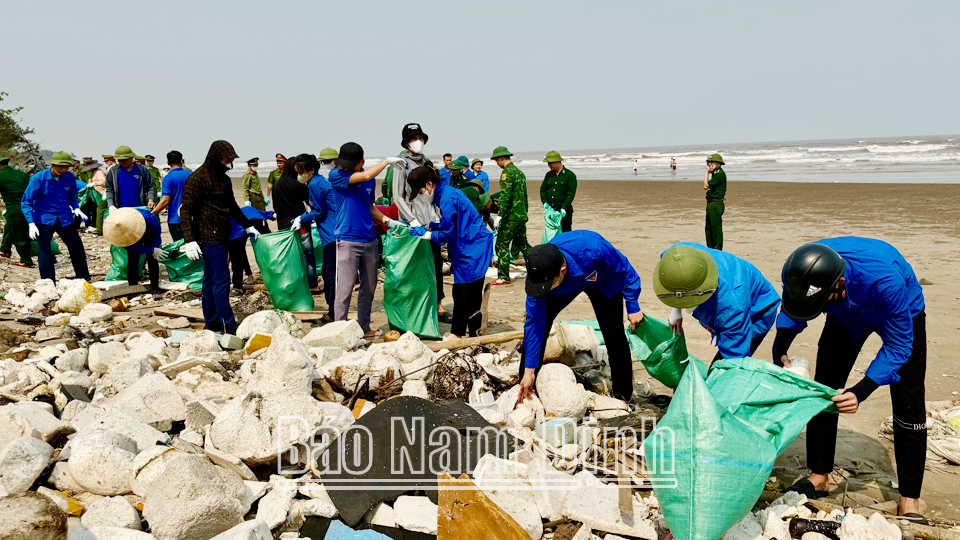 |
| Nam Dinh province strives to have 100% of domestic solid waste collected and treated according to standards and regulations by 2030. |
Key Solution: Zoning Environmental Management
To achieve the common goals, in Plan No. 21/KH-UBND dated February 6, 2025 of the Provincial People's Committee, the action roadmap has been specified. This time, the province focuses highly on four key task groups, with the motto of drastic action, deployed to the grassroots level, including: Developing specific environmental zoning plans as a basis for implementing appropriate environmental protection solutions (EP) according to environmental zoning to control, prevent, and minimize the impact of environmental pollution on the life and normal development of humans and creatures. Preserving, maintaining and promoting the value of the Red River Delta Biosphere Reserve (area belonging to the province); maintaining stability and conserving rare and endemic genetic resources in the Xuan Thuy National Park (NP) area. Developing infrastructure, equipment, and monitoring networks for each type of environment; Arrange monitoring points for air environment, surface water environment, coastal water environment, underground water environment, soil environment, coastal and estuarine sediments; build automatic monitoring stations for air environment. Protect and develop sustainable forests on the basis of good management and protection of existing forest areas, expand the area and improve forest quality; improve forest protection quality, preserve biodiversity in forests; strictly protect the existing special-use forest area in Xuan Thuy National Park; maintain the existing protective forest area in combination with new planting and additional planting to restore special-use forests in locations vulnerable to climate change. Manage solid waste and wastewater.
In line with the direction of the Provincial People's Committee, relevant departments and localities have actively promoted the progress and effectiveness of related tasks. The Department of Agriculture and Environment has closely followed the environmental zoning plan determined according to the Provincial Planning to develop an environmental protection plan in accordance with the provincial environmental zoning. One of the breakthroughs in the province's environmental management is the detailed environmental zoning into three main areas: Strictly protected areas, emission-limited areas and other protected areas. This zoning helps the province more closely manage emission sources, prevent pollution from the source and have control solutions suitable for each area.
The strictly protected area is an area of high ecological value, mainly concentrated in Xuan Thuy National Park and nature reserves. Environmental protection solutions in this area focus on: Strictly protecting and conserving ecosystems, flora and fauna, and biodiversity in Xuan Thuy National Park; coordinating with the Xuan Thuy National Park Management Board in management tasks related to the National Park, organizing good management of the National Park buffer zone; organizing the prevention and control of illegal exploitation activities, activities that encroach on nature reserves; stabilizing people's lives in the buffer zones of national parks and nature reserves. Continuing to effectively manage and protect existing fauna and flora. Building corridors connecting to national parks, nature reserves and connecting areas within the nature reserves. Applying scientific and technological advances to biodiversity management. In the strictly protected area, only ecological investment projects are approved, for the purpose of conservation and using environmentally friendly technology; Maintain natural forest area, increase forest cover, control greenhouse gas emissions. Limit planning and development of mineral exploitation projects; build warehouses for toxic chemicals, raw materials, fuels, materials, and scrap with toxic elements to the environment; build treatment facilities, landfills, solid waste disposal sites, production and business establishments that generate toxic pollutants, and have activities that harm objects and elements that need strict protection.
Emission-restricted areas include urban areas, residential areas, craft villages and industrial clusters with high risk of pollution. Environmental protection solutions in this area focus on: Socio-economic development, contributing to the economic restructuring of the buffer zone; implementing a benefit-sharing mechanism for the buffer zone community. Developing urban areas and residential areas in harmony with the environmental landscape, with water supply, drainage and wastewater treatment infrastructure; high ratio of trees/natural area. Focusing on preserving and sustainably developing historical and cultural values in the area, developing eco-tourism and environmental education. Sustainable development at heritage sites, relics and tourist destinations in the province. Controlling the discharge of pollutants in important wetlands. For areas supplying domestic water to districts and cities, the water surface area and water quality must be kept intact, and waste sources must not be concentrated in the water supply area, and waste sources must be thoroughly treated before being discharged into the environment. Limit emissions and improve the environment in areas with activities that have a major impact on the quality of the surrounding soil, water and air environment, including industrial zones, industrial clusters, production facilities, craft villages, etc. Industrial zones, industrial clusters, craft villages, and production facilities that are zoned must build a centralized wastewater and solid waste collection and treatment system that meets regulations. Control and strictly prohibit the discharge of untreated waste into the environment in concentrated residential areas, especially in large urban areas in the province. Thoroughly collect and treat waste in the province, especially in urban areas.
Other protected areas focus on socio-economic development, improving the quality of life while still ensuring environmental criteria: Applying cleaner production in production activities. Paying attention to and effectively exploiting potential areas to ensure meeting environmental criteria and indicators. Preventing pollution caused by production facilities in industrial parks, industrial clusters, craft villages, production facilities interspersed in residential areas, protecting water quality and air quality in urban and residential areas.
Mobilizing the participation of all people and all levels of government
According to the plan, the Department of Agriculture and Environment plays the core role in the inspection and control of pollution; the Department of Construction is responsible for developing urban technical infrastructure in an ecological direction, and at the same time coordinates with the Department of Industry and Trade and the Provincial Industrial Park Management Board to ensure that all industrial zones and clusters have standard wastewater treatment systems. The Department of Agriculture and Environment promotes ecological and circular agricultural production models, strictly controls the use of chemical fertilizers and pesticides to reduce negative impacts on the environment. Forest protection, natural disaster prevention and response to climate change are closely integrated into the socio-economic development process. The Department of Science and Technology, Nam Dinh Newspaper, and the Provincial Radio and Television Station coordinate with relevant units to organize communication programs to raise awareness of environmental protection to agencies, organizations and people; focus on disseminating waste classification at source, waste collection and transportation plans. Not only relying on state management agencies, the province also calls for the cooperation of people and businesses in environmental protection. In particular, people are encouraged to classify household waste at the source, reduce the use of plastic bags, protect water sources and living space. Enterprises are given incentives if they apply cleaner production models, use renewable energy, and treat waste according to regulations. In addition, the province also promotes the implementation of an online environmental pollution reflection platform, allowing people to participate in monitoring and reporting environmental violations.
Environmental zoning helps control pollution from the source, improve the quality of life and conserve valuable natural resources. The province aims to achieve a vision of 2050, building Nam Dinh to develop strongly in economy while still maintaining a clean environment in harmony with nature. This is not only the responsibility of the government, but also the common duty of the whole society - for a green future for future generations.
Article and photos: Thanh Thuy
Source: https://baonamdinh.vn/kinh-te/202504/quyet-liet-thuc-hien-noi-dung-quy-hoachtrong-linh-vuc-bao-ve-moi-truong-den-nam-2030-7bf0045/


![[Photo] General Secretary concludes visit to Azerbaijan, departs for visit to Russian Federation](https://vphoto.vietnam.vn/thumb/1200x675/vietnam/resource/IMAGE/2025/5/8/7a135ad280314b66917ad278ce0e26fa)

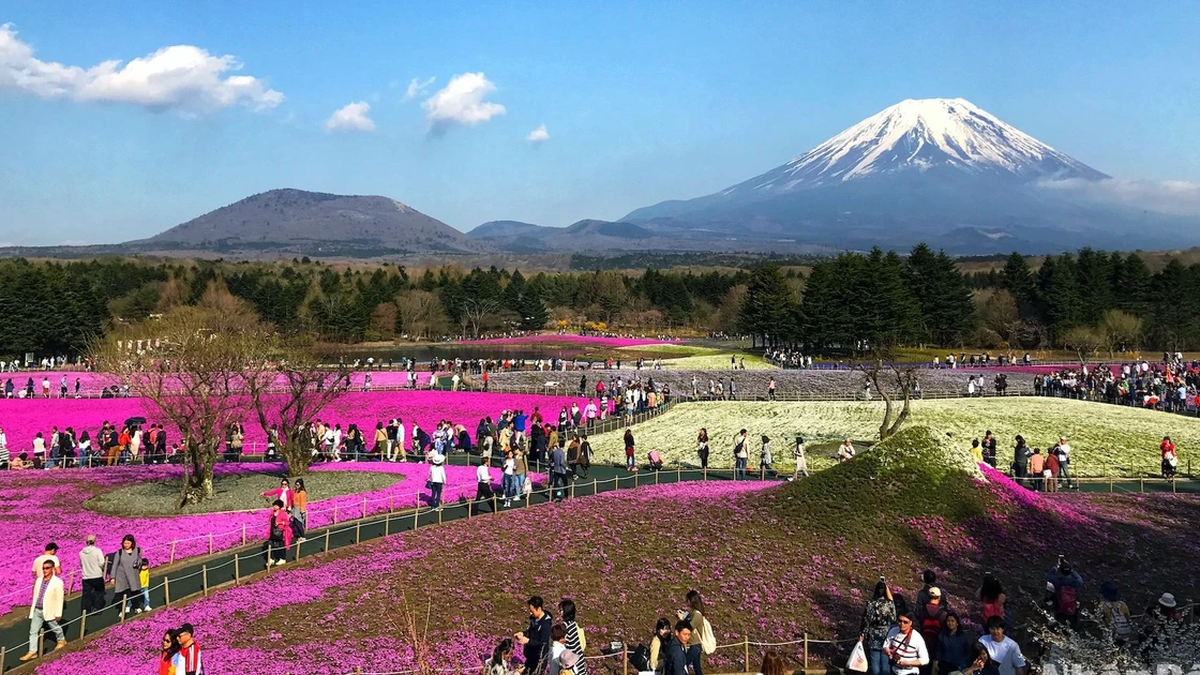
![[Photo] General Secretary To Lam receives leaders of typical Azerbaijani businesses](https://vphoto.vietnam.vn/thumb/1200x675/vietnam/resource/IMAGE/2025/5/8/998af6f177a044b4be0bfbc4858c7fd9)

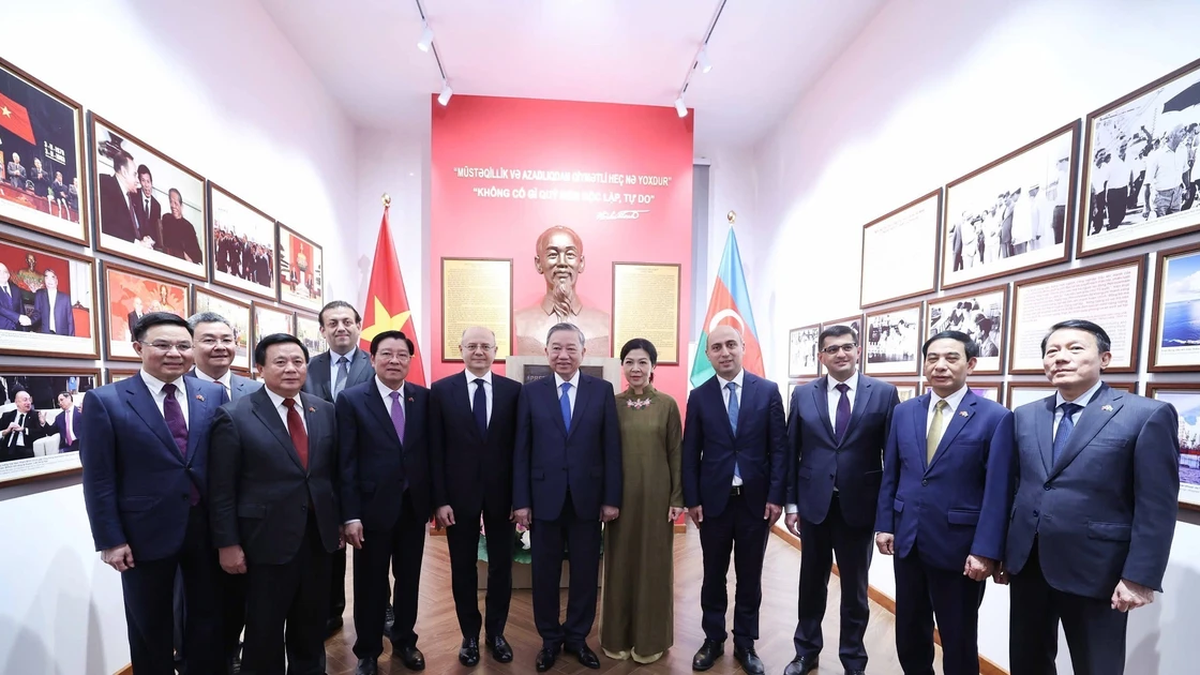




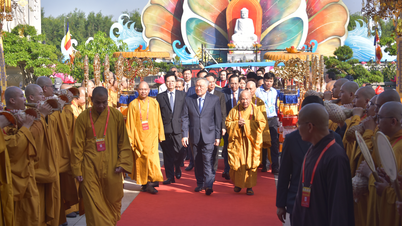






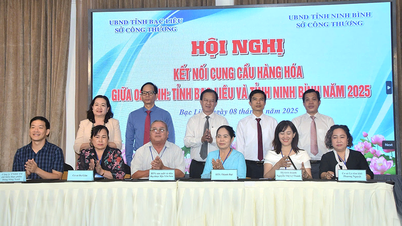

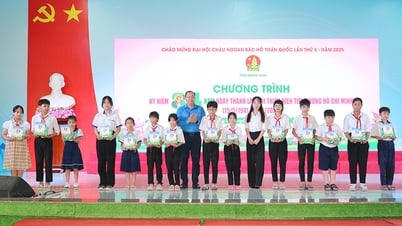
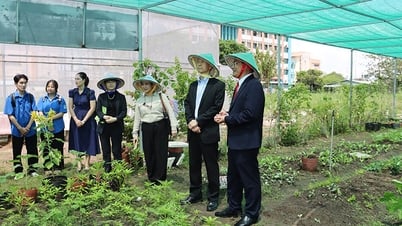
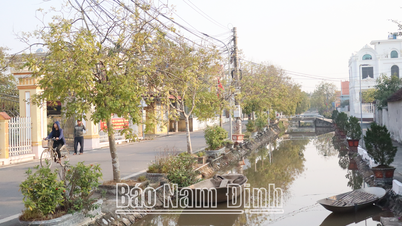





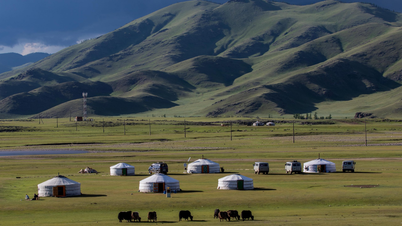

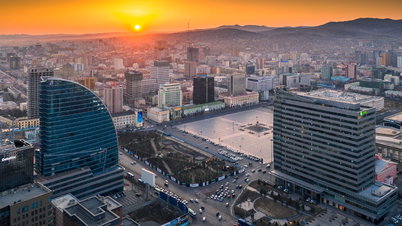

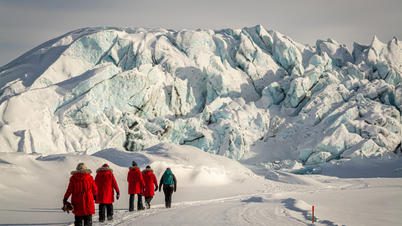































![[Photo] Prime Minister Pham Minh Chinh talks on the phone with Singaporean Prime Minister Lawrence Wong](https://vphoto.vietnam.vn/thumb/402x226/vietnam/resource/IMAGE/2025/5/8/e2eab082d9bc4fc4a360b28fa0ab94de)













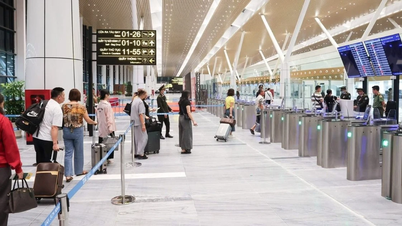

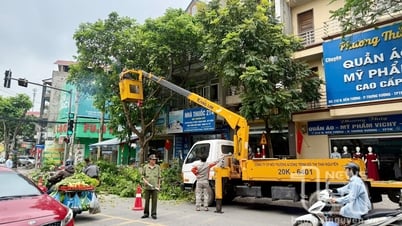

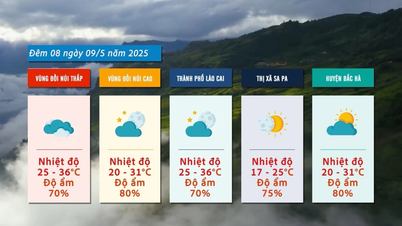















Comment (0)